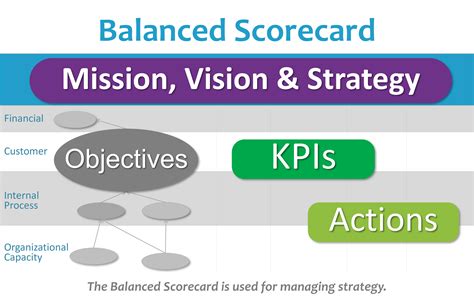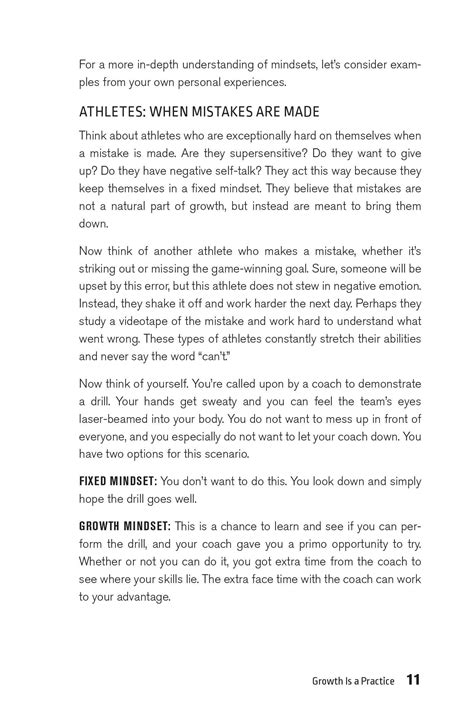Break plateaus: What advanced techniques maximize strength & peak performance?

Conquering the Stubborn Strength Plateau
Every dedicated athlete or lifter eventually encounters the frustrating wall known as a strength plateau. It’s that period where your progress grinds to a halt, despite consistent effort. For beginners, progress is often linear, but advanced individuals require a more sophisticated approach to continually stimulate adaptation and push past their perceived limits. Breaking through these barriers isn’t just about training harder; it’s about training smarter, employing advanced techniques that manipulate variables beyond basic sets and reps.
This article delves into the most effective, science-backed strategies designed to reignite progress, maximize strength gains, and help you achieve peak physical performance. From intelligent programming to precise execution, these methods will transform your training and elevate your capabilities.

Advanced Training Methodologies for Strength Gains
1. Periodization: The Art of Strategic Planning
Linear progression often works initially, but for sustained gains, periodization is key. This involves systematically varying training volume, intensity, and exercise selection over planned cycles (macrocycles, mesocycles, microcycles). By strategically manipulating these variables, you prevent overtraining, allow for proper recovery, and continually challenge the body in new ways. Different models exist, such as linear, undulating (daily or weekly), and block periodization, each with its own benefits for different goals.
2. Progressive Overload: Beyond Just Adding Weight
While often associated with simply increasing the load, progressive overload encompasses multiple variables. For advanced lifters, this might mean:
- Increasing Reps or Sets: Gradually adding volume while maintaining intensity.
- Decreasing Rest Times: Improving work capacity and muscular endurance.
- Increasing Time Under Tension (TUT): Slower eccentrics or isometrics to enhance muscle fiber recruitment.
- Improving Exercise Form: Better technique allows for greater activation and force production.
- Increasing Training Frequency: Training a muscle group more often, allowing for more practice and stimulus.
3. Intensity Techniques: Pushing the Limits
When applied judiciously, specific intensity techniques can deliver potent stimuli:
- Drop Sets: Performing a set to failure, then immediately reducing the weight and continuing with more reps.
- Supersets & Tri-sets: Performing two or three exercises consecutively with minimal rest, targeting either antagonistic muscle groups or the same group for increased metabolic stress.
- Rest-Pause Training: Performing a set to near failure, resting for a short period (10-20 seconds), and then performing a few more reps.
- Forced Reps & Negatives: Utilizing a spotter to assist with a few extra repetitions beyond volitional failure, or focusing solely on the eccentric (lowering) portion of a lift with heavier weight.

4. Cluster Sets & Post-Activation Potentiation (PAP)
- Cluster Sets: Breaking a set into smaller mini-sets with short intra-set rest periods (e.g., 3 reps, 15 sec rest, 3 reps, 15 sec rest, 3 reps). This allows for more reps with a heavier load, maintaining power and force output.
- Post-Activation Potentiation (PAP): Performing a heavy, low-rep set of an exercise, followed by a short rest period, and then a lighter, explosive movement or the same exercise at a higher intensity. The initial heavy lift temporarily increases neural excitability, enhancing performance on subsequent lifts.
Strategic Recovery and Optimization
Advanced training demands advanced recovery. Neglecting this crucial component will inevitably lead to overtraining, injury, and halted progress. Optimizing recovery is just as vital as the training itself.
1. Deload Weeks: The Unsung Hero of Progress
Regularly scheduled deload weeks (every 4-8 weeks, depending on training intensity) are critical. This involves significantly reducing training volume and/or intensity for a week. Deloads allow the central nervous system to recover, repair damaged tissues, and resensitize the body to future training stimuli. Many view deloads as a step back, but they are a crucial step forward for long-term progress.
2. Nutrition and Supplementation
Fueling your body correctly is non-negotiable. Adequate protein intake is essential for muscle repair and growth, while complex carbohydrates provide energy for intense workouts. Healthy fats support hormone production. Advanced athletes might consider targeted supplementation like creatine, beta-alanine, or branched-chain amino acids (BCAAs) to support performance and recovery, always under guidance.

3. Sleep Quality and Quantity
Sleep is where the magic happens – muscles repair, hormones regulate, and the nervous system recovers. Aim for 7-9 hours of high-quality sleep per night. Establish a consistent sleep schedule, create a dark and cool sleep environment, and limit screen time before bed to optimize recovery processes.
4. Active Recovery and Mobility
Don’t just rest; actively recover. Light cardio, foam rolling, stretching, and mobility work can enhance blood flow, reduce muscle soreness, and improve range of motion, contributing to better performance and injury prevention in subsequent heavy sessions.

Mindset and Consistency
Beyond the physical techniques, your mental approach plays a significant role in breaking plateaus. Cultivating a resilient mindset, staying consistent with your program, and celebrating small victories are essential. Track your progress meticulously, adjust variables based on your body’s feedback, and remain patient. Strength gains, especially at an advanced level, are a marathon, not a sprint.

Conclusion: Embrace the Challenge
Breaking through strength plateaus requires a blend of sophisticated training methodologies, meticulous recovery strategies, and unwavering mental fortitude. By intelligently incorporating advanced techniques like periodization, varied progressive overload, intensity boosters, and prioritizing sleep and nutrition, you can continually challenge your body, adapt, and achieve unprecedented levels of strength and peak performance. The journey is challenging, but the rewards of pushing past your limits are immensely satisfying.







